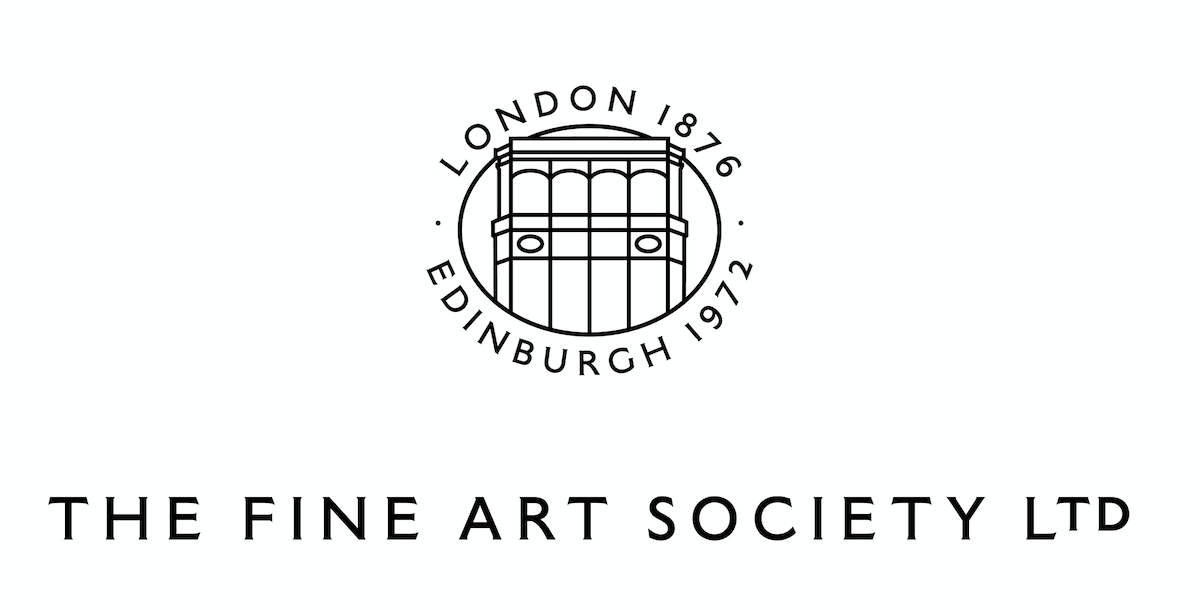pots, politics and the wisdom of cats
-
"for one thing, the act of making is an act of defiance and life" - tamar garb
-
For one thing, the act of making is an act of defiance and life. Nel has been making things in clay since at least the 1960s, and with an increasing sharpness of wit and satirical slant so that his figures and pots have become vehicles for observation and critical commentary. In their very form and shape they testify to a hand-made attachment to histories and traditions of making. The cats, for example, are pressed in slabs into concave moulds, joined together to make their characteristic shapes, and then adapted with individuated appendages as well as add-on bits and bobs. Once fired, they are painted and glazed so that each has its unique if contiguous character. The plates and bowls use convex moulds which provide a basic shape that is then inscribed, pinched, pulled and textured, so as to form the base for images and texts. The processes are tactile and labour-intesive. And it is in the act of building and baking, painting and glazing that a connection to the world (and its multiple pasts/technologies) is felt. The connection is palpable and real. As Nel says, making things with a recognizable lineage is a way of ‘fitting in’ and being a participant in the shared cultures and histories of the world.
-
WE ARE VERY GRATEFUL TO PROFESSOR TAMAR GARB FOR HER INSIGHTFUL INTRODUCTION TO HYLTON'S NEW COLLECTION WHICH FORMS PART OF HYLTON NEL AT EIGHTY, OPENING ON THE 17TH JUNE 2021 AT OUR LONDON GALLERY AT 25 CARNBAY STREET.
FOR ADVANCED ENQUIRIES, PLEASE CONTACT THE GALLERY AT: LONDON@THEFINEARTSOCIETY.COM OR CALL +44 (0)207 629 5116
-
-
CLICK HERE TO SIGN UP TO RECEIVE THE FINE ART SOCIETY'S JOURNAL








